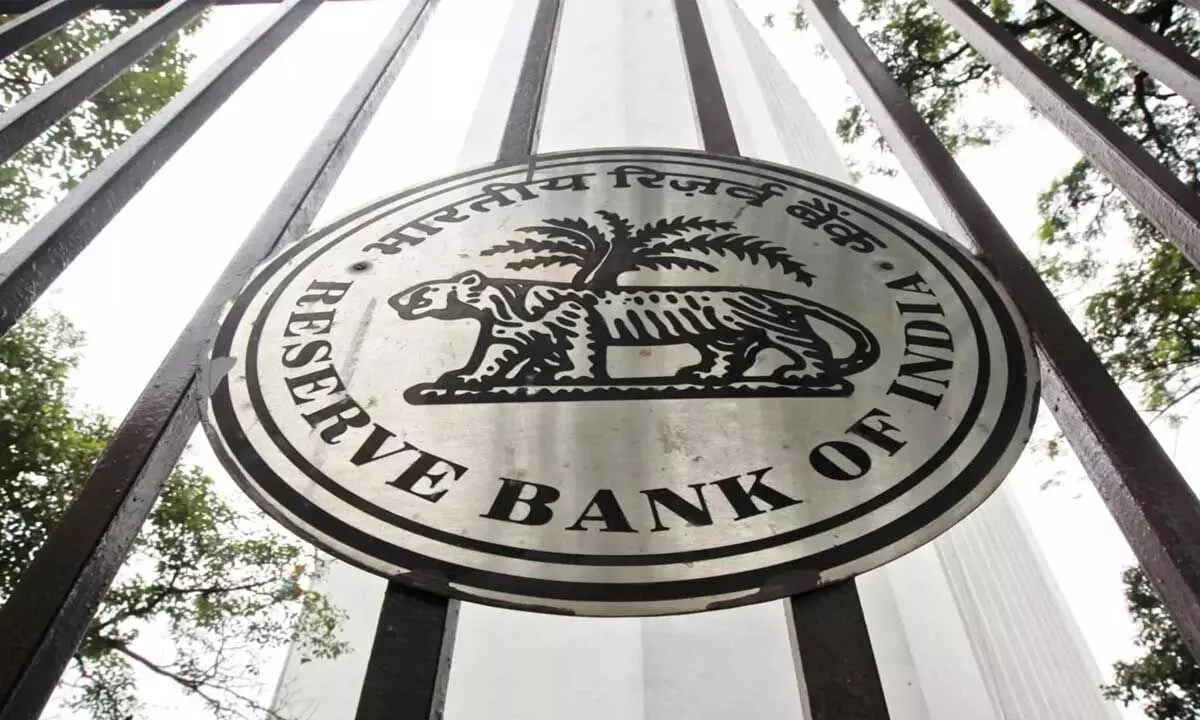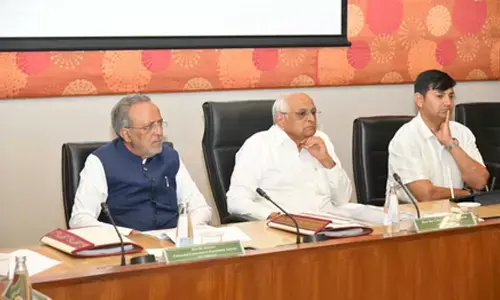RBI may prolong the pause on Repo rate

All eyes are on Reserve Bank of India as its Monetary Policy Committee (MPC) kicked off its three-day bi-monthly meet on Wednesday. Its key decisions will be announced on Friday. It is the last meeting of the year and comes ahead of the Union Budget (likely a Vote on Account in view of General Elections in a few months) on February 1, 2024. The MPC not only studies economic scenario and fluctuations, but also fixes monetary policy to achieve price stability i.e., keeping inflation stable and well under target. Maintaining inflation low as well as stable helps people and businesses better plan their savings, spending and investments, a key to economic prosperity.
The RBI has been striving to keep the inflation low and bring it down to 4% (with a tolerance band of +/- 2%) through monetary policy interventions, mainly through the Repo rate. It had to raise the Repo rate (at which the central bank of a country lends money to commercial banks) by 250 basis points – one basis point is one hundredth of a percentage point – between May 2022 and February 2023. If the Repo is increased, the cost of borrowing goes up for banks and non-banking financial companies (NBFCs), squeezing their margins, and they in turn effect hike in loan rates to their customers. However, the fixed deposit rates rise or fall in tandem with the repo rate. Besides this key task of rate fix, the central bank remains watchful of risks such as global supply shocks and their implications for the price stability measures in the country, which are taken stock of at the MPC meetings.
High inflation means reduction of purchasing power in the hands of consumers, affecting their cost of living and, hence, buying decisions. When RBI raises cost of borrowing, lending to businesses and cost of their debt, too, rise. They cut corners, put off recruitments, effect layoffs, causing a domino effect, raising further pressure on households, a situation of potential recession. Therefore, the RBI’s eagle watch on the state of inflation. With the inflation ruling above 6.5%, the RBI MPC during its last meeting in October kept repo rate unchanged at 6.5%, maintaining status quo.
How have been the inflationary risks in the country? The headline and core inflation has been easing. The benchmark inflation rate, measured by the Consumer Price Index (CPI), fell from 7.4 per cent in July to 4.9% in October. Such low levels have not been witnessed since March 2020. While this may show inflation could not be much of a worry for the economy, just look at the food price volatility. Comprising nearly 39% in the CPI basket, it has been ruling quite high of late, above 6 per cent. As a result, CPI has been inching higher. Further, the effect of El Nino and winter crop uncertainties pose a threat to the current benign inflationary conditions. While the CPI core inflation, excluding food, was about 3.7% since October, the CPI including food was around 6.6 per cent. This is being cited by experts and analysts to predict that the RBI is unlikely to bring down the repo rate. Though a fall in private consumption is inducing arguments for a lower repo rate, and even despite a robust growth in economy, the RBI may not venture into reversing the 250 basis point in the repo rate. The consumer sentiment is not yet cautionary, it seems. It is expected to go in for prudential measures aimed at macroeconomic stability, on the lines of recent hike in risk weightage for retail lending and banks’ loans to NBFCs.














